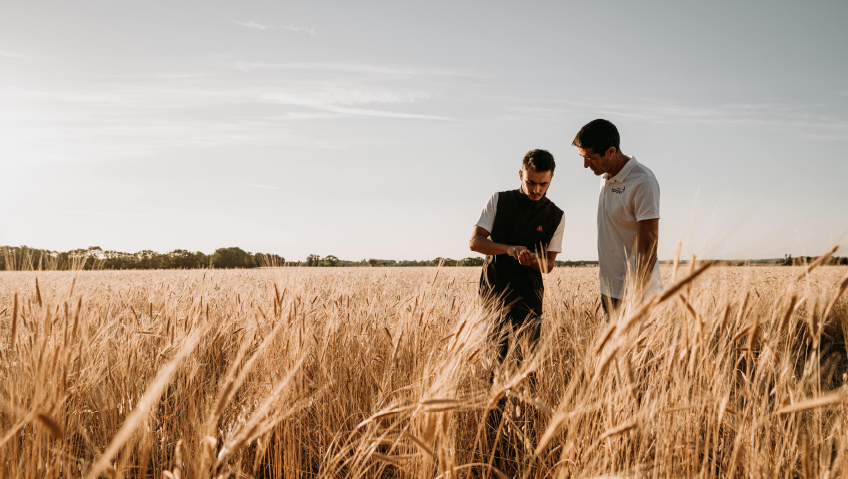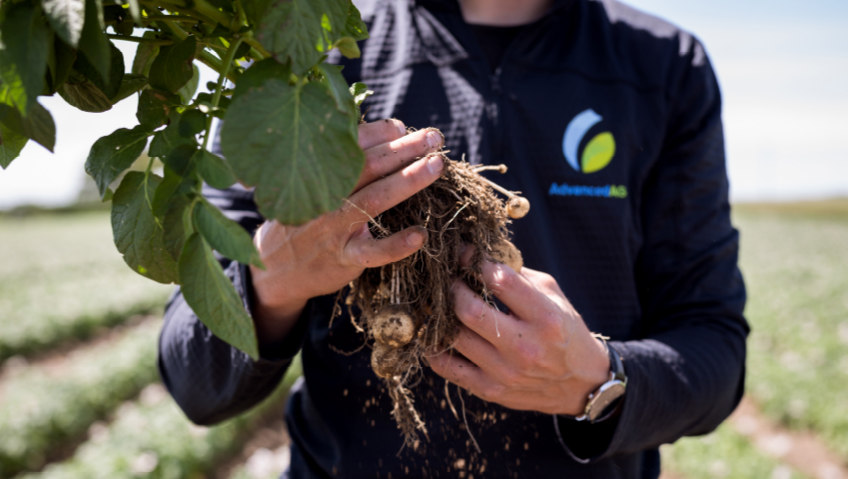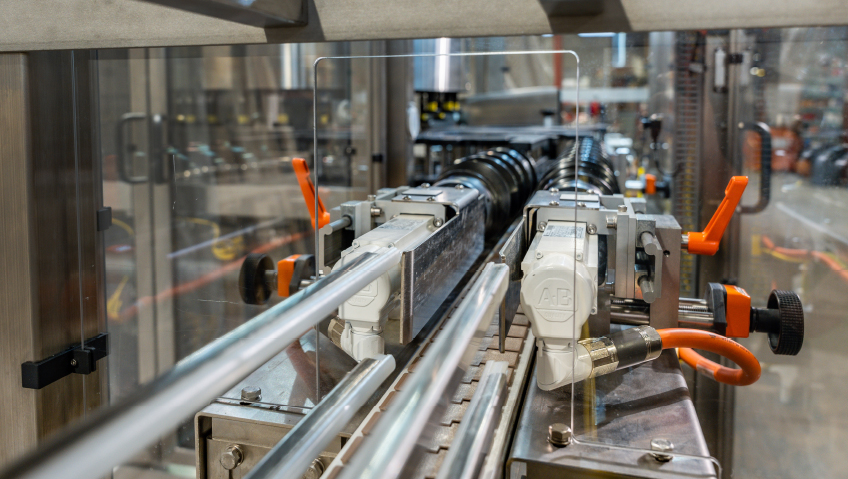Summertime—time for the knees-up joys of outdoor living with friends and family in ways that winter rarely tolerates in North America. Enter the colourful, ever-transforming tradition of glittering fairs and sparkling music festivals, al fresco gatherings that can go on for days.
As it turns out, what may at one point have seemed like a bit of a fad is developing a cult following of its own, with many outdoor markets opting to erect permanent infrastructure that allows for year-round gathering, shopping, dining, and fun. Local fairs are also good for the economy, providing what researchers refer to as the multiplier effect—a positive booster effect that money spent locally and returned into the local economy has on the overall health of local businesses and communities.
Earlier this year, the Digital Journal reported via Industry Research that these typically large events are here to stay. As projections indicate enduring growth, existing and prospective organizers continuously explore how to make fairs and festivals pay, how to make their guests happy, and, of course, how to keep them safe. We believe that this fast-evolving business format is worth a closer look.
The music of money…
In 2022, music festivals generated an estimated total of nearly USD 2.5 billion worldwide. According to projections, that will more than quadruple over the next five years—expansion akin to an economic explosion, considering that this income currently relies mainly on ticket and stand sales. The world’s biggest single pre-COVID earner was, according to statistics, the Outside Lands Music & Arts Festival at Golden Gate Park in San Francisco, California, which saw nearly USD 30 million in gross earnings in 2019, its eleventh year.
Featuring big-label artists as diverse as the Foo Fighters, Donny Benét, and Venus & the Flytraps, the festival will take place again from August 11 to 13 of this year. One way its organizers are expanding its earning potential is by allowing festival goers to upgrade their overall experience through a selection of limited premium options like VIP access, boxes, cabanas, and Golden Gate Club membership which brings a long list of exclusive privileges ensuring optimum comfort.
As the second-most profitable music festival in the world, according to 2019 reports, the Life is Beautiful Festival in Las Vegas costs USD 150 for a bottom-of-the-range ticket and USD 3350 (excluding fees) per person for three days of all-inclusive VIP partying. That includes access to the artists’ lounge, front-row seats, daily food vouchers, and more.
Looking at these two world-leading events, the secret of profitability seems to reside in maximizing guests’ experiences with a richness and diversity of choice, with comfort and exclusivity guiding the price tags.
… and the money of markets
When it comes to the wholesome and earthier farmers markets, participating vendors report earning anywhere between USD 20,000 and USD 50,000 annually, depending on their products of choice and crowd attendance.
In 2019, the number of such markets in the United States was estimated to exceed 8,000, while a 2020 census reflects Canadian fairs numbering just over 4,000. In 2019, the revenue from Canadian markets was headed toward CAD 1.5 billion.
As the demand for fresh produce—especially organic—and homemade goods grows internationally, farmers and other producers are increasingly using market stalls to sell to the public directly, with a hike of over 30 percent in organic fruit and vegetable sales secured in this way.
According to 1000towns.ca, Canada’s favourite farmers markets include Coombs Old Country Market in British Columbia; Cochrane Farmers Market in Alberta; Cochrane Farmers Market in Ontario; and Big River Farmers Market in Saskatchewan. Together, these and many others are helping to provide food security for people across Canada.
How it’s done
Naturally, hosting such public events involves more than erecting marquees and charging money at the door. The initial cash outlay may include costs for market research, overall set-up costs, permits, and insurance. Costs of running festivals and markets also include hiring a manager, the venue rental, the fee of legal advisors and insurance, marketing, administration, technical and manual service support, branding, and smaller basic items like office materials.
How public gatherings are hosted has changed since the advent of COVID. As a result, there’s been an increase in people’s awareness of personal space and sanitation standards. In addition, initiatives like the Accessibility for Ontarians with Disabilities Act (AODA) in Canada are driving a new approach to meeting the needs of all guests and visitors. The act provides guidelines on how to make indoor and outdoor gatherings safe and comfortable for the one out of seven people who currently have some form of physical disability, as projections are that this ratio will hit one in five well before 2040.
Beyond good food, good music, and good company, it’s good to avoid crowded affairs by ensuring that there’s enough space for everyone. In the United States, the recommended space per capita for indoor fairs and festivals is two to four square meters—a good guide, remembering that weather conditions may change and an outdoor event may become an indoor one at short notice.
Important info
Ontario.ca provides good information on successfully preparing outdoor spaces for public gatherings. Some other important aspects to consider include well-designed parking with easy entry to the venue and seamless access to washrooms, pay points, and the like. In addition, information should be easily accessible. Questions about shuttles and public transport access, with information on routes, times, and whether or not comfortable waiting areas are provided, should all be answered online or via printed media.
Moreover, unimpeded freedom of movement for attendees and staff should be carefully planned and provided for before setup begins. When it comes to the layout of seating, consideration for service animals should also be made alongside ramps where necessary. Some venues reserve dedicated areas for people with service animals, while others incorporate them into the overall mix with enough space around the owner’s seat for the animal to settle down in.
While every gathering space should, first and foremost, lend itself to the event at hand, a new trend in market and festival organizing is to create pockets of “quiet” spaces within the bustle of gatherings where people can rest, re-center, feed babies if need be, or just reflect for a moment.
Well-thought-out protection from the elements is also important for safety and comfort, as is good access to food stalls. Considering that some guests will arrive with mobility devices, it’s advisable to ensure that the ground is solid and safely traversable throughout the fair or festival space and that the layout is easy to navigate. Similarly, signage should be in large letters and simple fonts that are legible at a distance and easy to understand.
As we all know, public safety is a growing focus and the planning of festivals and fairs should heed this. While implementing basic safety principles, it’s good to remember that easy access to information is an effective safety feature of any event. It’s best to have evacuation plans, exit maps, directions to medical assistance, and similar available on multiple platforms in more than one place. Websites, large signs, brochures, pamphlets, and booklets are all ways of providing easy access to potentially life-saving information. It’s also considerate to have a sign language interpreter on staff.
Whether planning large or small fairs or festivals, ensuring there’s enough experienced staff to assist visitors in navigating the venue improves the overall experience and ensures return customers—because, in the end, humans are relatively easy to please. Make us feel safe, keep us well fed and watered, add some great company and a few good tunes, and we’re prone to perfect contentment. And if you do it well, who knows? We may part with even more hard-earned cash in exchange for the fine hospitality.






